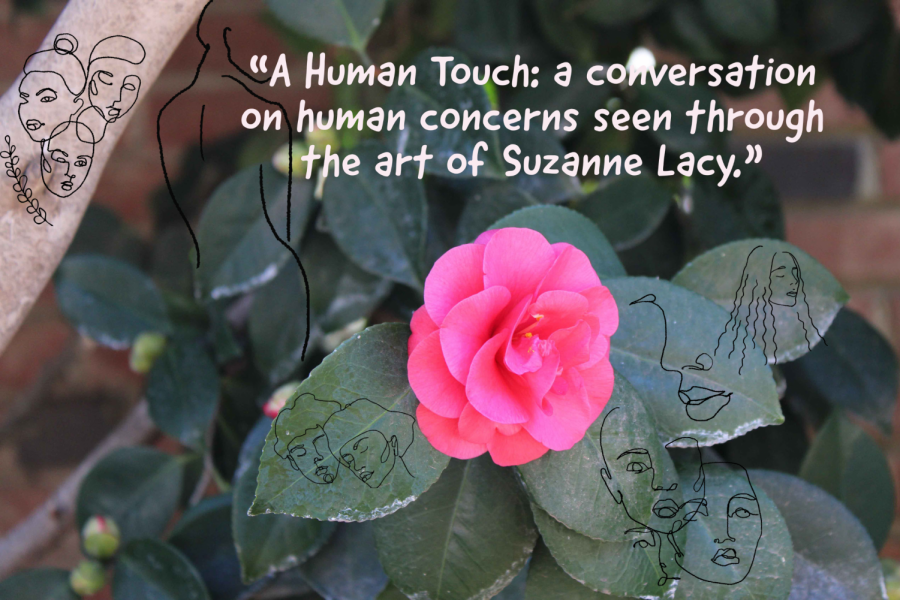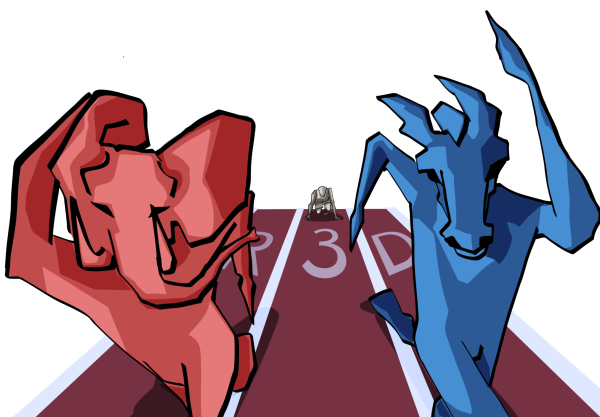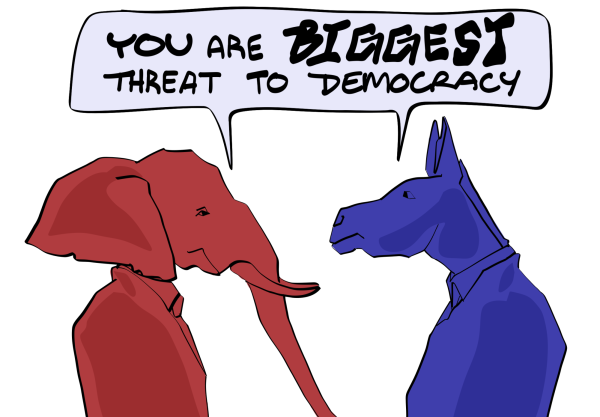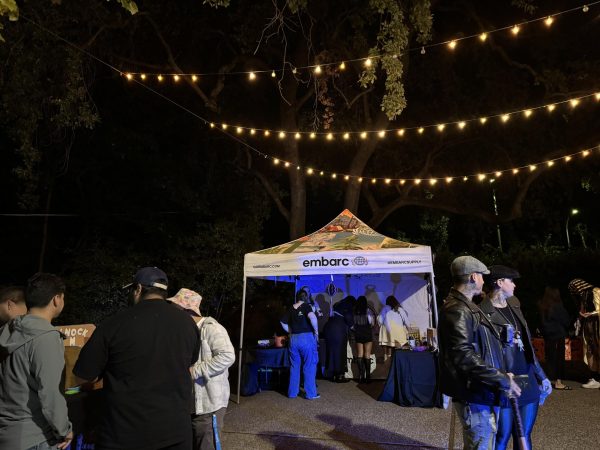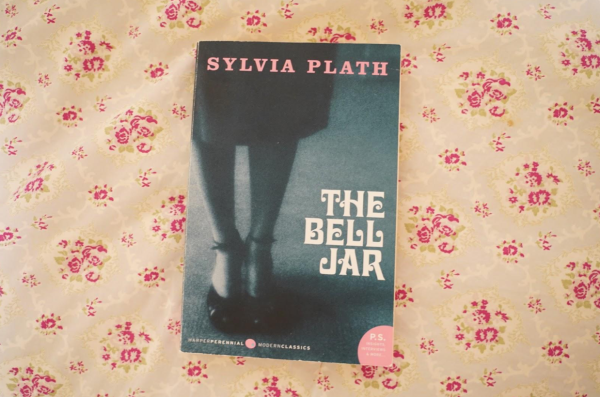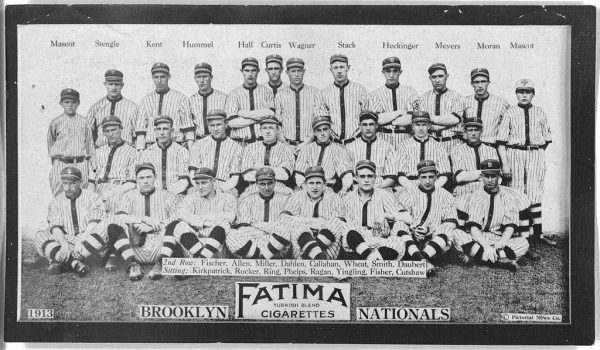Social Activism In Art
A pair of red stiletto heels clicked in rhythm against the asphalt after the bright flash of the walk sign. Suddenly, a wolf-whistle pierced from a raised pickup truck shocked the woman out of the steady pattern of her footsteps.
The passengers in the truck shout something that she can’t quite make out, but knows it’s lewd in nature and is intended to make her feel uncomfortable. Often the knee-jerk response to these situations is to ascertain if her outfit was provocative. Victim-blaming only ignores the reality of situations like this.
On February 4, CSU Chico Humanities facilitated an online webinar called “A Human Touch: A Conversation on Human Concerns Across Difference as Seen Through the Art of Suzanne Lacy.” The talk, co-sponsored by the Visiting Artist Series, is an online Zoom discussion that shared Lacy’s life-long devotion in addressing key social issues through the medium of photography and film.
Lacy’s art expresses a darker side in our society, where victimized women are blamed for the actions of the perpetrator. The ability to bring a community together is a powerful thing, but it only happens when you have willing participants. Lacy points out the value in listening to people and shows that through her artwork.
Growing up in a community of farmers shaped Lacy in a profound way. Wasco, a rural city in the San Joaquin Valley, is mainly agricultural. The city is known for its abundance of crops, such as potatoes and almonds, and is renowned for its roses.
A first generation student, Lacy pursued a degree in zoology while also studying art and modern dance at Bakersfield Community college. Currently, Lacy is a professor at the USC Roski School of Fine Arts in Los Angeles, California.
Lacy has been a social advocate since the 1970s — a time when women’s voices in personal and political discussions were just starting to be heard. For Lacy, this decade was crucial in defining how she would address issues in her work, including sexual assault, domestic violence and aging.
Lacy continues to explore the idea of the female body and what it means to be a woman in the modern world; what it means to be a human being. These large-scale projects of which Lacy is a part of spans across several countries including Britain, Colombia, Spain, Ireland and the U.S.
It’s amazing how deeply Lacy’s projects reach the communities she visits. Each place she visits gives an opportunity for stories to be recounted. Lacy’s work shows the harsh reality of the world that we live in and how inspiring it can be to hear others tell their stories.
Lacy and fellow activist Leslie Labowitz- Status were the first artists to show violence against women on a large scale through the Los Angeles project trying to give back voices to those who had been sexually assaulted. About her work, Lacy tells us, “I enjoy and love people and finding ‘[out]’ more about them.”
“Three weeks in May” was one of Lacy’s earlier projects. This series was devoted to sharing the reported rapes that occured in Los Angeles from 1977-1982. One way for Lacy to build relationships in the art world is by having a “deep empathy [and] respect for people.”
“Her socially oriented project ‘Three Weeks in May’ (1977) featured performances, self-defense demonstrations, and artworks about Los Angeles’s rampant rape epidemic—in 1977, the LAPD received 2,386 reports of rapes and attempts,”states Alina Cohen in the article “Body Issues: Feminist Artists of the 1970s Used Art to Condemn Sexual Violence.”
Art to Lacy is so much more than the product of just one individual, but rather a “collectively expressed” work that became possible because of community involvement. During the conference, the viewer got to see the reality of rape that some may dismiss.
Our society operates on this notion that a person has to act a certain way or they won’t be accepted. It’s easier to shift the blame to the victim rather than admit that our society has encouraged this idea that rape occurs because the victim acted inappropriately.
Not talking about a topic because it’s difficult is never a valid excuse. It’s always important to discuss trauma instead of sweeping it under the rug.
Lacy continues to unravel the challenges of being both an advocate and artist. For her teaching, rather than selling her work, is her main source of income. “The reason I teach is so I don’t have to worry about selling my work,” states Lacy.
You can view more of Lacy’s work here or visit Lacy’s facebook profile.
Jessica Shippelhoute can be reached at [email protected]




